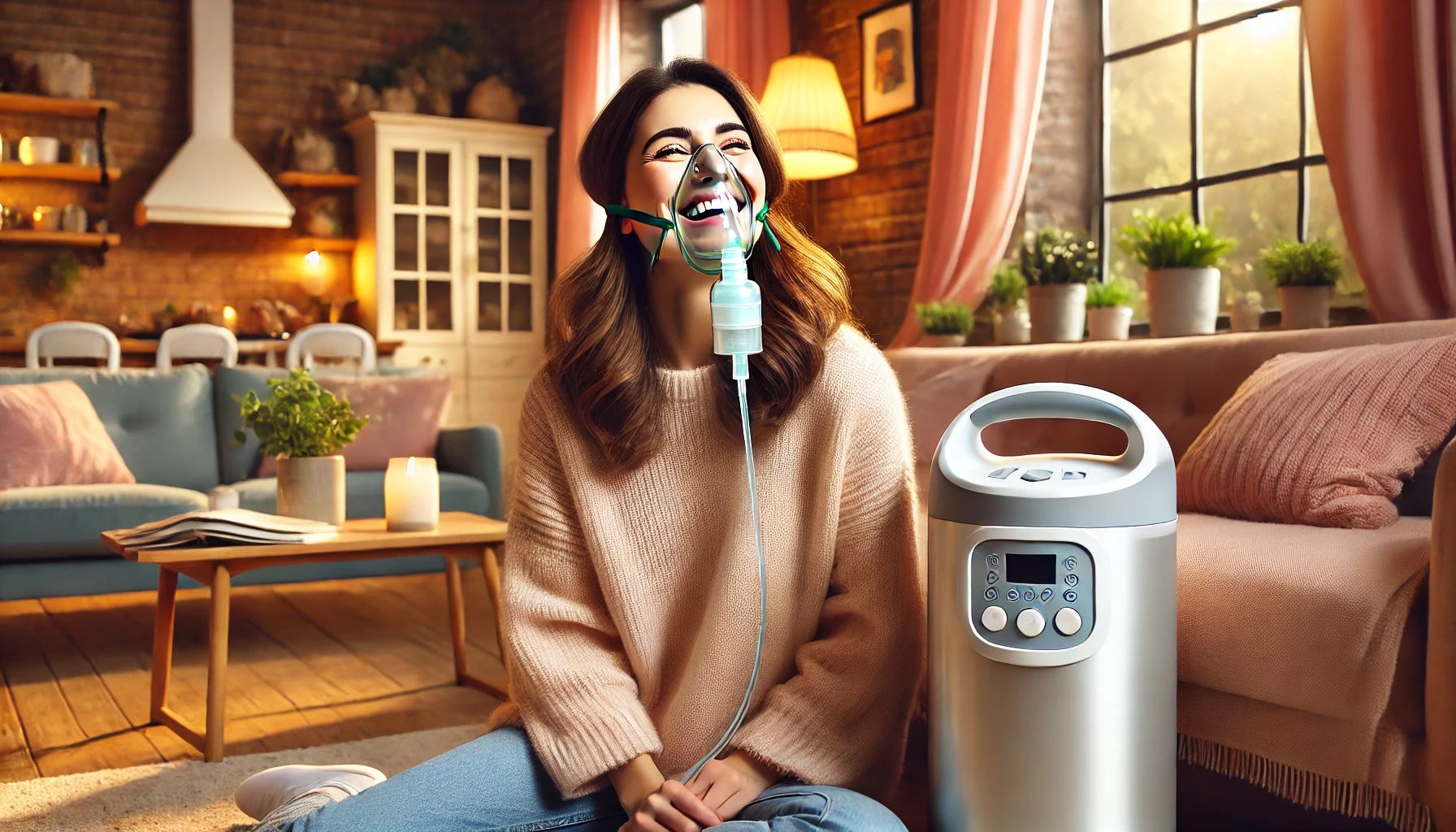How Do Oxygen-based Stem-Cell-Stimulating Therapies Compare?
How much stimulation is needed by stem cells to repair damage? How do different technologies compare?
A few weeks ago, an unvaccinated nurse who was injured by COVID and had been suffering ever since contacted me to have some information about HBOT. I shared with her some of the encouraging studies on HBOT I have collected during my research during a very cordial and friendly conversation.
A friend of hers had mentioned HBOT, but few doctors in France are open to helping patients that way. So, there’s a real gap here for people who can’t afford expensive treatments and who can’t depend on healthcare. In the end, she decided with a few vaccine-injured friends to buy a mild-HBOT system in Hong Kong, and to mutualize it between five or six of them. I thought it was a fantastic idea. Each chipping in roughly €1,000 to be able to access the treatment here in Paris. I had been thinking about that option for some time now. Mutualization is a concept that should be contemplated in those difficult circumstances.
Many readers have been asking for recommendations on Oxygen therapy and other equivalent stem cell stimulating treatments.
Whether it is HBOT, NBOT, Ozone, Chlorine Dioxide, or Sports, the principle is to deliver excess oxygen, to the bloodstream that will trigger stem cell replications that will go on and roam the body to repair it..
Intuitively, I have been saying to many that breathing through the lungs has got to be the most effective way to dilute O2 into the bloodstream. We are not talking about the oxygen that is carried by red blood cells. That is typically quite saturated at 95-98%. Here we are talking about diluting Oxygen into the bloodstream just like carbon dioxide is diluted in a soda.
In “The Needle’s Secret,” you will find multiple HBOT trials that show remarkable results.
Typically, 40 hours of HBOT 100% oxygen at 1.7 atmospheres cures most vaccine-induced illnesses, excluding white-clots-related illnesses.
As a reference, Willem, a reader I already quoted, started feeling much better after 15 hours at 1.5 ATA, and went on to take a total of 150 hours; which was likely more than necessary. I think he might have rejuvenated in the process…(Should I write an article of rejuvenation? ;-) ).
Some degenerative diseases might require more time to revascularize and repair what is repairable, but many injuries should be able to heal with 40 hours of HBOT equivalent or less.
Unfortunately, hyperbaric oxygen therapy can be:
very expensive: some charge as much as 200-300$ an hour in the US. In Paris, it’s closer to 60€ an hour. Moreover, HBOT should be reimbursed by social security, if doctors knew how potent it is…
inaccessible: there are only 150 clinics/hospitals in the US, and often very few chambers compared to the immense need for repair in the population. There needs to be an alternative.
impractical: HBOT can be a time hog; traveling to and from the hyperbaric center can take two to three hours every day on top of the time accessing the chamber and spent in the chamber. This can be very challenging for people who have jobs or kids….Moreover, some illnesses find patients are too in pain or faced with challenges, such as epilepsy crises. Again, an alternative therapeutic solution at home is indispensable.
Today, I want to help you get a sense of what is needed theoretically to stimulate one’s stem cells and heal using a variety of solutions.
I have been a proponent of home care as many can’t afford expensive HBOT treatments, and I believe plain oxygen concentrators as such used for Respiratory diseases offer a great and relatively inexpensive way to stimulate stem cells.
Below, you will find my calculation as to the cumulated excess O2 diluted into the bloodstream during one hour of treatment based on a variety of scenarios: NormoBaric Oxygen Therapy with 50% O2, 93% O2 and 100% O2, compared to mild-HBOT at 1.4 ATA and HBOT at 1.7 and 2.0 ATA.




